
Filmpac Footage Contributor Program
Want to make money selling footage through a major stock footage platform like Filmpac? This page will walk you through the processs.
Continue ReadingBy far, the two most common frame rates in modern American video editing and production are 24fps and 29.97fps (25fps is the European broadcast standard).
Virtually every professional and consumer-level motion picture camera is capable of filming in either frame rate, as well as various higher frame rates such as 60fps or 120fps (which are typically used for slow-motion playback).
But between 24 and 29.97, which is the best frame rate for filmmakers?
We’ll break down the different frame rates and their strengths. But first, we’ll define what a frame rate actually is.

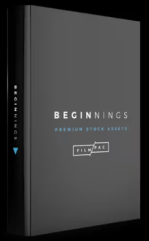
It’s important to note that frame rate is different than shutter speed or shutter angle.



To put it simply, a camera’s video frame rate is the amount of separate still images it captures in a second (hence being measured in fps, or frames per second).
So while viewing a footage clip captured at 24fps, what you’re really seeing is 24 still frames rapidly cycling in order, each and every second.
So what is the main difference between the frame rates? It’s all about the perceived motion blur.
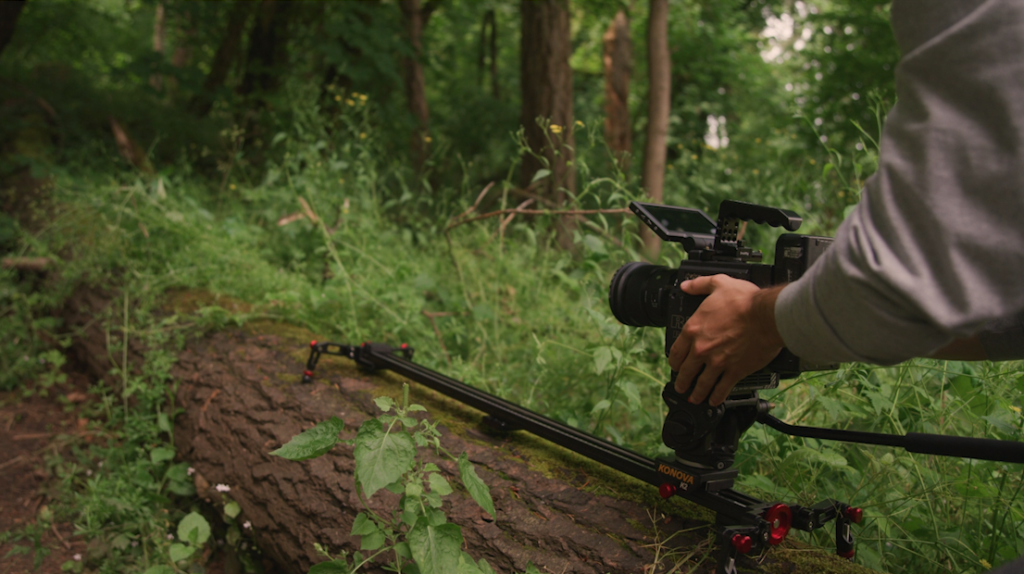

Because video footage is comprised of individual frames, it isn’t a perfect representation of what was filmed. So when there is any motion in the shot, whether it’s camera motion or something moving on camera, our eyes detect a subtle amount of motion blur.
The higher the number of frames per second, the less motion blur there is, and vice-versa.
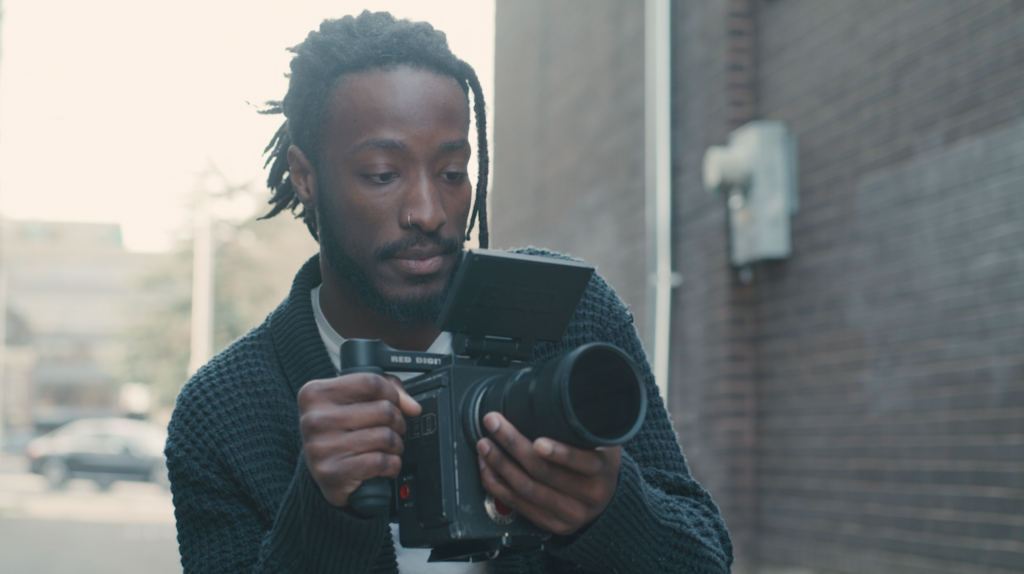


In the early days of analog and for a long time afterward, 24fps was the absolute standard of feature films and filmmaking in general. This is because it was widely considered to be the lowest frame rate possible in order for the human eye to perceive natural motion. The reason for this was simply because technical and budget limitations enticed film companies to shoot as few frames as possible.
Over time, our eyes became very accustomed to this frame rate, to the point of subconsciously associating 24fps with cinematic quality and style.
The main reason why filmmakers prefer 24fps over 29.97 is because it provides slightly more motion blur, which we now associate with a softer, more cinematic natural look.
You’ll see 23.98 (or 23.976) in your camera settings as well. This is a slight variation of 24fps that used to be required to display on NTSC systems and devices designed to convert 24fps footage to 29.97fps broadcast. There is essentially no difference, but you’ll want to make sure your post-production timebase matches exactly what you filmed in-camera, or your audio may drift out of sync.


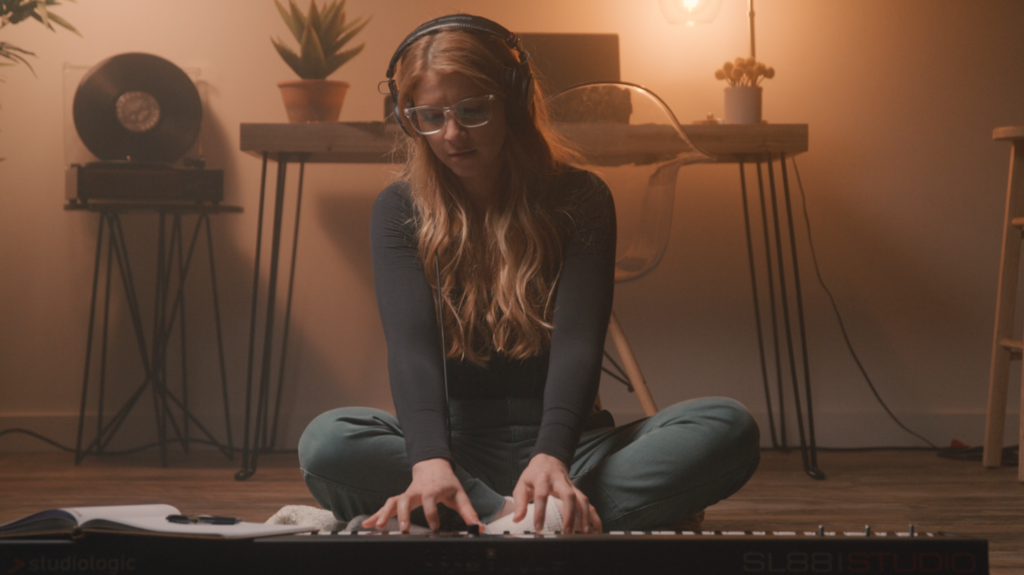
As digital broadcast television became more sophisticated, 30fps was adopted as the standard playback frame rate, because it synchronized with the United States’ power standard of 60Hz (similarly, Europe’s 50Hz power standard is the reason why it’s PAL frame rate standard is 25fps).
But in 1953, when color television was introduced, the 30fps timebase interfered with the color subcarrier (the added signal that provided saturation and hue information). Slightly slowing the timecode to 29.97 was found to remove the interference and static, and the US broadcast standard frame rate has been 29.97 ever since.
To compensate for this slight difference, a 29.97 timebase broadcast must skip the first two frames every minute, except multiples of ten minutes. This is known as a drop frame rate, where true 30fps would be a non drop frame rate.
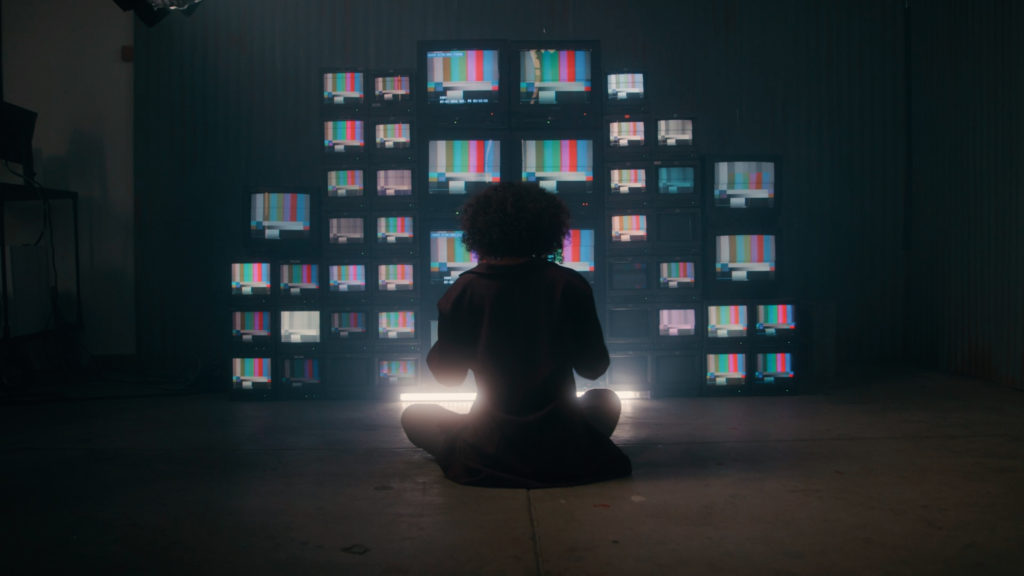


In simple term, 24fps has more motion blur and looks more like feature films, where 29.97fps has less motion blur and looks more like broadcast material.
Everyone’s needs and tastes differ, but in general, 24fps will produce a more polished and cinematic looking image. And any 24fps timeline can be converted to 29.97 using a 3:2 pulldown (essentially the duplication of certain frames to fill the gaps), so your 24fps footage can be converted to 29.97 without changing the perceived amount of motion blur. Any editing program such as Premiere Pro can do this.
So while each frame rate has its use and strengths, 24fps is the most cinematic standard frame rate available.
Kevin Graham is the Music Director at Filmpac.

Want to make money selling footage through a major stock footage platform like Filmpac? This page will walk you through the processs.
Continue Reading
We know you work hard at your craft, and we want to invite you (yes YOU) to show us what you've got in our 10-day Ad Challenge!
Continue Reading
When it comes to professional video editing in the 2020s, two powerful software options stand out: Adobe Premiere Pro vs. DaVinci Resolve.
Continue Reading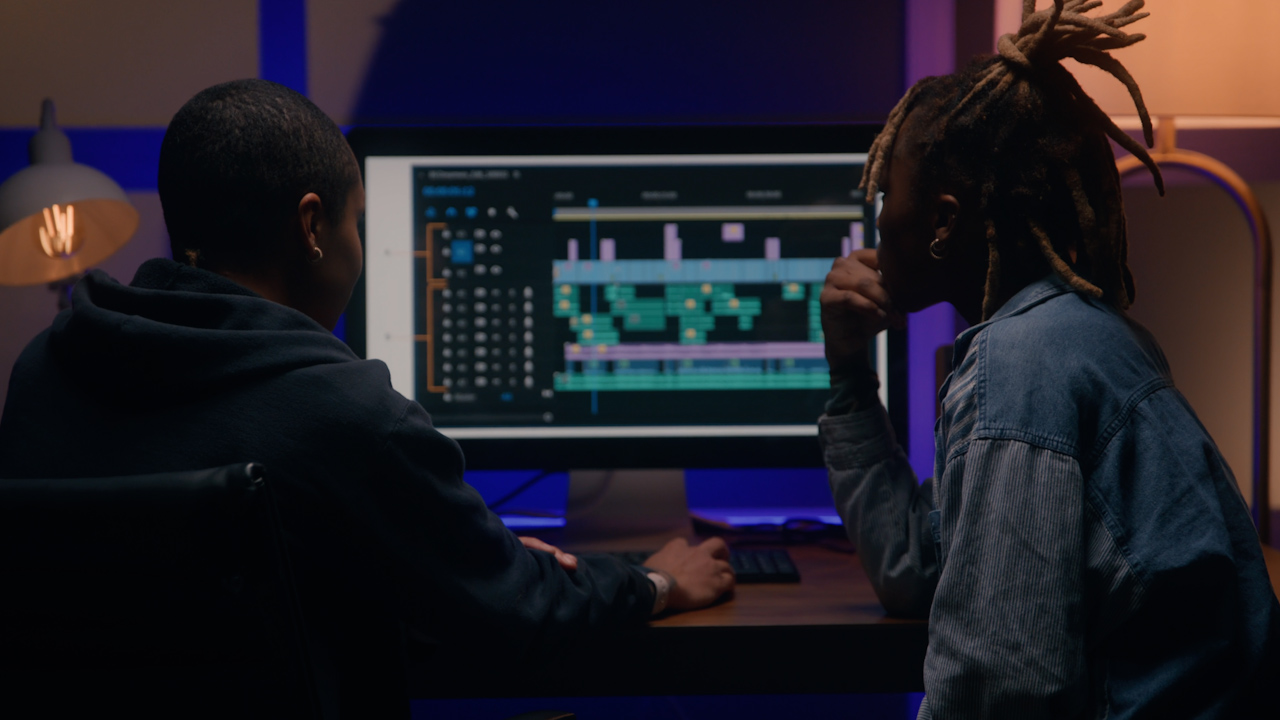
As content creators, the computers we use to edit our videos are just as important as the cameras we use to film. Here are our favorites.
Continue Reading

One of the most difficult parts of being a professional filmmaker is effectively managing and budgeting your time.
Continue Reading
Want to make money selling footage through a major stock footage platform like Filmpac? This page will walk you through the processs.
Continue Reading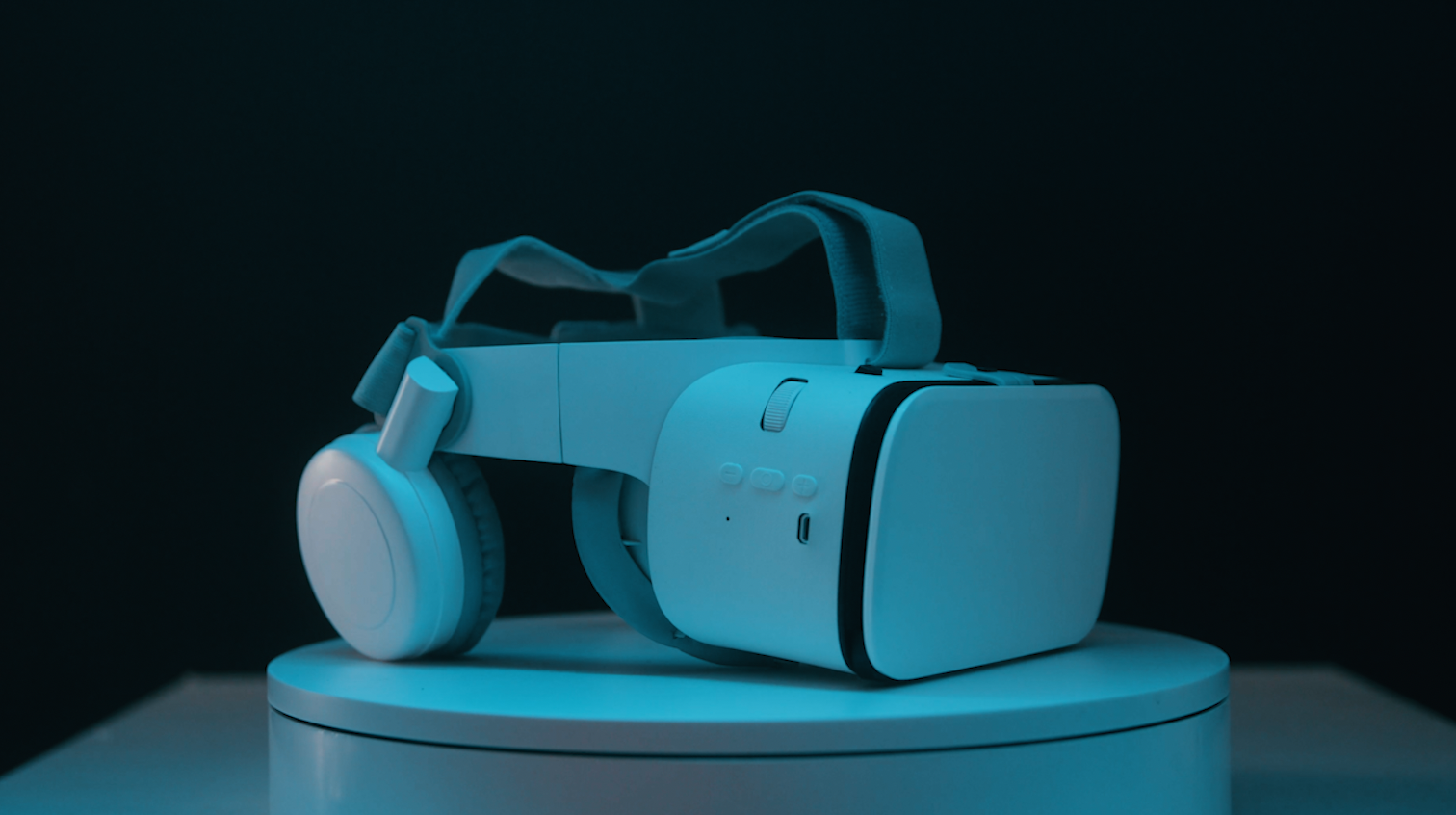
Virtual reality could be the biggest shift in the way we consume our content since the proliferation of the smartphone.
Continue Reading